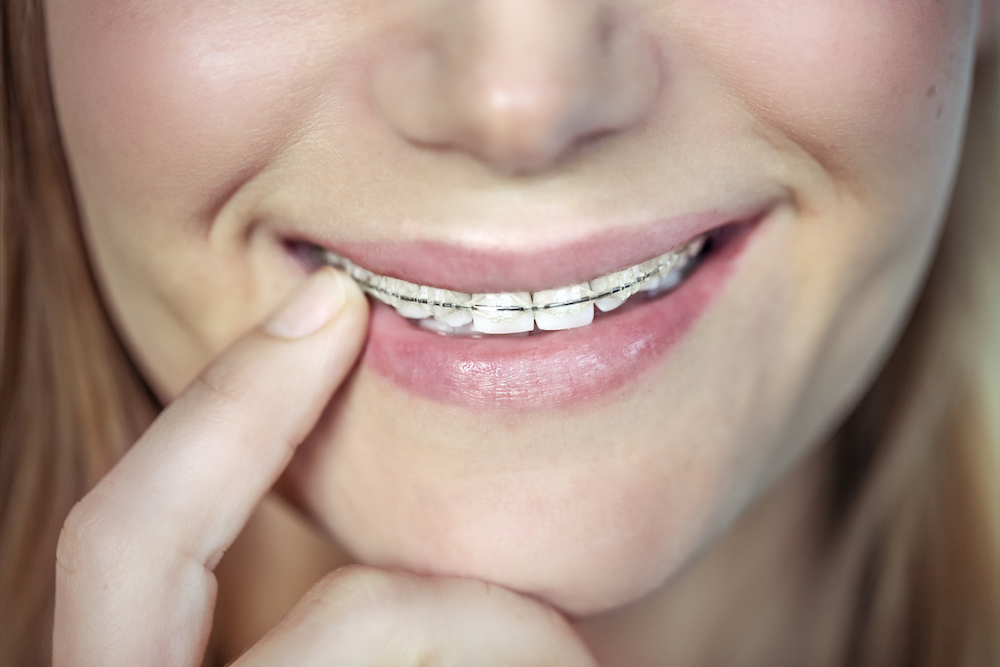Knowing what to expect from orthodontic treatment in Calgary is an important step in getting patients involved in their care, which we encourage for all of our patients.
But, before getting your braces, it is better to know some of these specific —
- How often will your braces need an adjustment?
- How to take care of your teeth and braces throughout treatment?
- What foods should you avoid?
- What outcomes can you anticipate from your orthodontic treatment?
- How much is the projected period you’ll be in braces?
Why should you consider getting braces?
To begin, braces can fix an incorrect bite. The aesthetics and functionality of your bite will both benefit from orthodontic treatment. A terrible bite, malocclusion, can affect your life for years. Some teeth may crack or chip if an individual experiences too much pressure due to a poor bite. And it can lead to headaches and jaw discomfort as well.
Therefore, a proper bite is crucial for maintaining a beautiful smile, protecting teeth from decay, and avoiding jaw issues.
As a second benefit, braces help straighten up crowded or misaligned teeth. Fixing your misaligned teeth can improve your smile and your dental health. In addition to making it difficult to pronounce words clearly, crooked teeth can cause gum recession, which traps plaque and speeds up the decaying or loss of teeth.
How braces move teeth
In a nutshell, getting the braces as part of orthodontic treatment can correct the teeth and jaw misalignment. Several approaches may be taken to achieve this goal. At Chattahoochee Family Orthodontics, we provide a wide variety of orthodontic services, including the use of metal and clear braces, as well as Invisalign® Teen trays. We take great satisfaction in customising treatment regimens to meet each patient’s individual needs.
Using the appropriate amount of pressure, traditional braces successfully straighten teeth. Several distinct parts work together to shift your teeth into the optimal position. You still need to take care of your oral hygiene while wearing braces.
The teeth are shifted because of the consistent, sustained pressure applied by the braces. Over time, your jaw will change its structure to accommodate this stress.
Because of their proximity to the jawbone, teeth are often considered immovable. Teeth are anchored to the jawbone by a membrane beneath the gums. This membrane regulates tooth movement and adapts to the force exerted by orthodontic appliances such as braces.
The visit to get braces doesn’t hurt, and the process only takes about an hour or two. The first week with braces might be the most uncomfortable as your teeth and gums adjust. After having your braces adjusted by your orthodontist, you may feel a little tender for a few days.
Bracket adhesion
Brackets are made of ceramic, plastic, or stainless steel and glued onto your teeth after the teeth have been thoroughly cleaned and dried. Bracket application is not painful, but it may be annoying.
With these brackets, force may be applied uniformly to your teeth. They are joined and encased in metal wires that can be nickel-titanium, copper titanium, stainless steel, or nickel titanium.
Bands
Once the brackets are affixed to the teeth, elastic bands called O-rings or ligatures are attached. They are characteristic of conventional brace treatments and contribute to the strain on the jaw.
Spacers
Metal or rubber bands are used to create spacers. They could get wedged between your molars by your orthodontist.
Jaw spacers are dental appliances that help lift your jaw by expanding your oral cavity. If your mouth is too small at the rear to accommodate braces, these devices can help. No one necessarily needs spacers. They usually have a short lifespan of a week or two at most.
Archwires
Archwires are used to join the tooth brackets together. They’re what provide the necessary force to shift your teeth into position. Stainless steel, nickel-titanium, or copper titanium are all viable materials for archwires.
Buccal tube
Dental buccal tubes are metal extensions that may be bonded to a back molar. The brackets and wires of your braces are held firmly in place by the buccal tube at the back of your mouth. Then, your orthodontist may adjust the tightness and loosening of your braces as needed.
Springs
The archwire of your braces may be supplemented by a coil spring. They work by applying gentle pressure to the area between two teeth, forcing them to move apart and creating more room.
Facebow headgear
Protective headwear is seldom necessary and is usually reserved for use at night. Headgear is a band used in addition to braces to provide additional force to the teeth to achieve the desired correction.
How can braces straighten your teeth?
If you’re curious about the reasoning behind our recommendation, you should know that braces work by facilitating what the body does naturally called “bone remodelling.” Even while the thought of bone remodelling may give you the willies, it’s the mechanism through which human bodies expand.
The Periodontal Ligament (PDL) is a connective tissue that holds the jaw in place and prevents tooth damage. Once your teeth are placed in the proper position, the osteoclasts in your jaw will be dissolved by the continual pressure applied by your braces, and the osteoblasts will arrive to repair the jaw.
What Happens at Each Appointment?
Every four to eight weeks, you’ll make a trip to the orthodontist’s office to have your teeth checked, and your braces tightened. To keep the teeth from shifting out of place, the archwire may need to be replaced or readjusted to provide greater force.
The staff at The Port Dental in Calgary is here for you whether you’re a brand-new patient, preparing to get your braces removed, or anywhere in between!
Whenever you have questions or concerns regarding your treatment plan or the orthodontic procedure, speak to our experts by booking an appointment.
Call now: +1.403.345.1110Book Online:Click here



